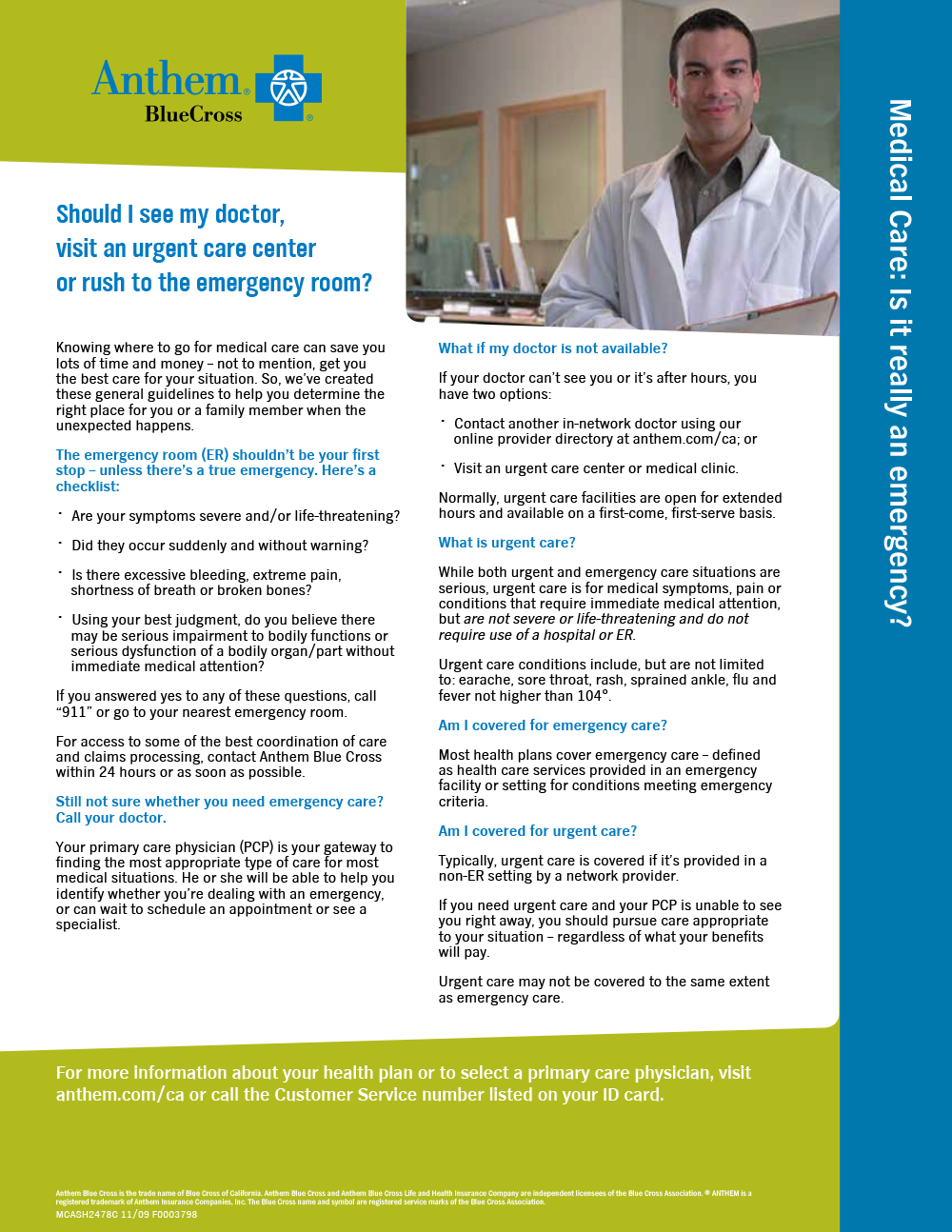Check out the Spring: May 2024 Issue of Helping You from UMR. This month’s topic is work-life balance.
Check out the Spring: May 2024 Issue of Helping You from UMR. This month’s topic is work-life balance.
Understanding your blood pressure numbers is an important step in taking control of your health. By undergoing a blood pressure test and carefully interpreting the results, you can effectively manage and monitor your high blood pressure (hypertension) to ensure your well-being.
Learn what the American Heart Association considers normal:
Note: A diagnosis of high blood pressure must be confirmed with a medical professional. A health care professional should also evaluate any unusually low blood pressure readings.
Normal: Blood pressure below 120/80 mm Hg. Maintain a healthy diet and exercise regularly.
Elevated: Readings consistently between 120-129 (systolic) and less than 80 (diastolic). Without intervention, this may lead to high blood pressure.
Hypertension Stage 1: Consistent range from 130-139 (systolic) or 80-89 (diastolic). Lifestyle changes and possibly medication may be prescribed.
Hypertension Stage 2: Consistently at 140/90 mm Hg or higher. Typically requires a combination of medication and lifestyle changes.
Hypertensive crisis: Blood pressure exceeding 180/120 mm Hg, requiring immediate medical attention. If experiencing signs of organ damage, such as chest pain or difficulty speaking, call 911.
The first number (systolic) shows the pressure when the heart contracts.
The second number (diastolic) shows the pressure when the heart rests between contractions.
Systolic pressure gets more attention, especially for those over 50, because it's a major risk factor for heart disease. As people age, their systolic pressure usually rises due to artery stiffness, plaque buildup, and increased heart and vascular issues. However, high readings for either number can diagnose high blood pressure.
















